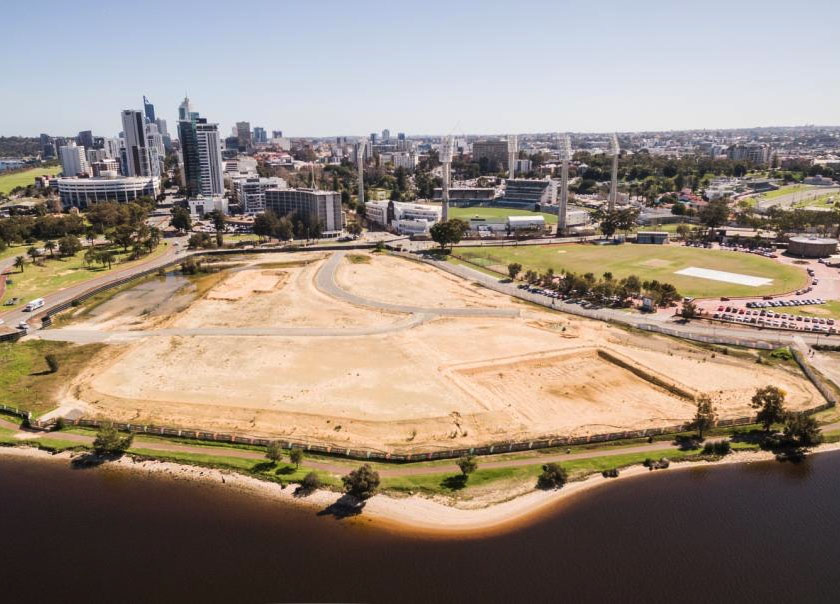The state government needs to urgently rethink its policy of relying on big companies to develop massive super-sized lot sites.
As with the Waterbank episode, these lots can remain unutilised for years, despite the urgent and ongoing need to provide housing on the city fringes.
This failed policy of super-sized lots was initiated more than a decade ago.
To a large extent, it has been a significant policy failure, resulting in a shortage of housing stock in near-city areas.
The four-hectare Causeway site (formerly Waterbank) – located within the 40ha of land that encompasses Trinity College, Queens Gardens, the WACA Ground and the banks of the Swan River – is an example of this failure.
The prime site was awarded to a very large company in 2011 to great fanfare, with the expectation the company would transform the area into a $1 billion, vibrant, inner-city community.
However, having a site of this size in the hands of one developer meant it was at the mercy of the market and its shareholders, usually driven with an eastern states strategy that doesn’t always work in Western Australia.
Perth has a very different depth of market and property cycle compared to Sydney or Melbourne.
In this instance, the project failed despite the best efforts of the company involved, ultimately undermining the good intentions and vision of the government and the company for this premium part of the city.
The failure of this project resulted in a major loss of time and investment for everyone concerned, with the company involved returning the site to DevelopmentWA two years ago.
After 12 years, the site remains a large sandpit with no prospect of being developed because of its current size and the flawed policy that supports this strategy.
In contrast, the previous development model was a proven success, with government working collaboratively through its redevelopment authorities with external specialist consultants to create true master-planned communities.
The state government needs to revisit this highly successful development model of boutique masterplanned urban renewal developments that led to the successful regeneration of the fringe and innercity area during the 1990s and early 2000s.
These successful developments included Subiaco, Northbridge, and East Perth.
With the state’s construction industry under stress, there are not the same number of tier one builders and large-scale developers to undertake the mega projects the WA government’s current policy is designed for.
However, we can achieve the same results with a method that works for WA: master-planned precincts that create a variety of site options such as single lots; terrace housing sites; boutique mixed-use apartment developments ranging from 10 to 40 in size; and strategically located sites within the master plan that can accommodate developments up to 80 or 90 apartments via high-rise development.
As proved by the highly successful master-planned communities of Northbridge, Subiaco and East Perth, this strategy will quickly bring more construction capacity and a variety of capital into the mix, which will ensure the boutique projects quickly start and deliver quality housing outcomes for the local community.
In contrast, the super-sized underutilised sites are now dinosaurs of a failed development policy that was never fit-for-purpose in the Perth property market but rather suited to bigger cities such as Sydney and Melbourne.
The government needs to redesign these super lots into smaller offerings for the private sector, which will quickly result in them being redeveloped into successful boutique communities providing much needed accommodation for Perth city fringe residents.
Article by James Limnios in Business News published on 15 August 2023



